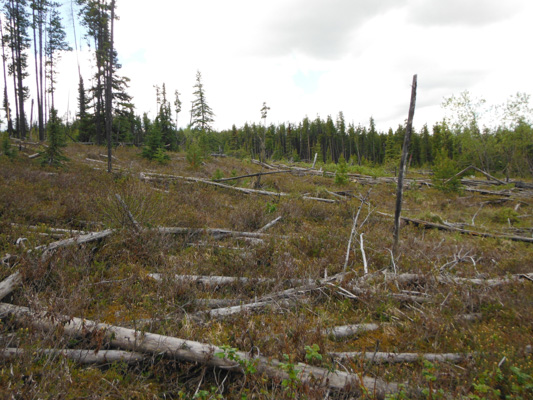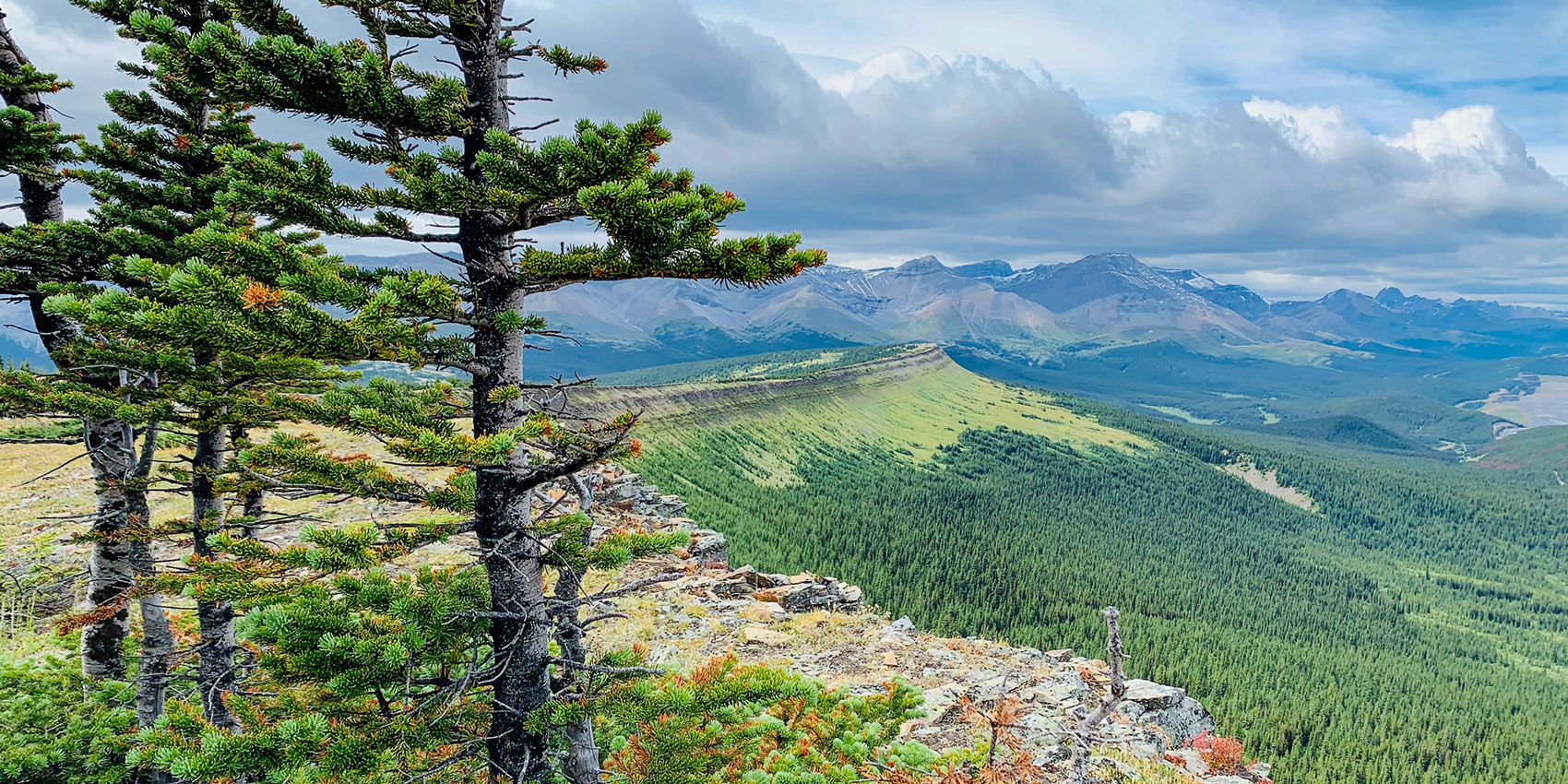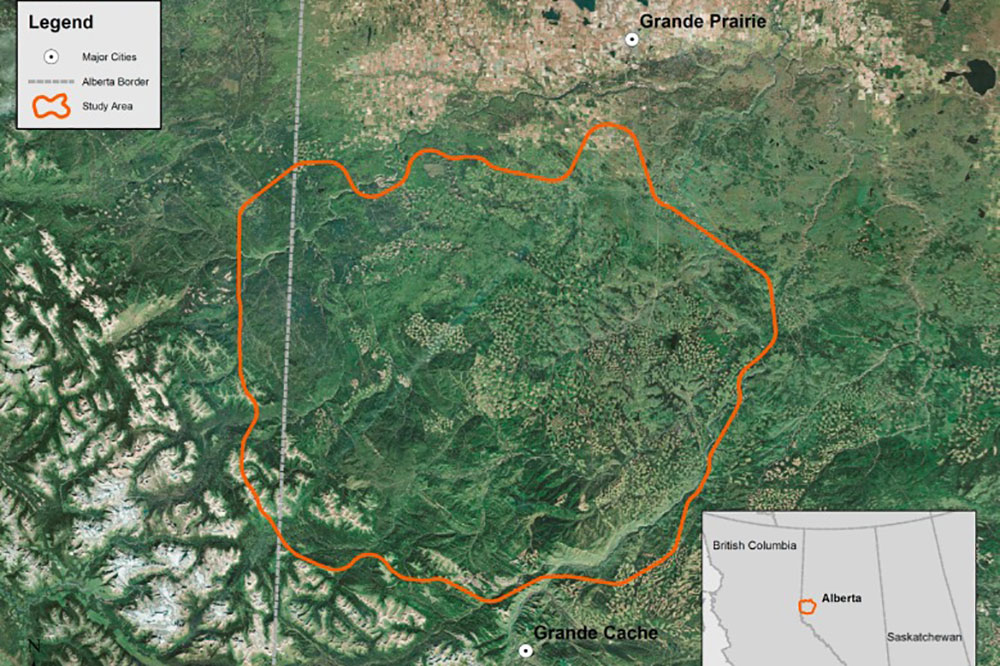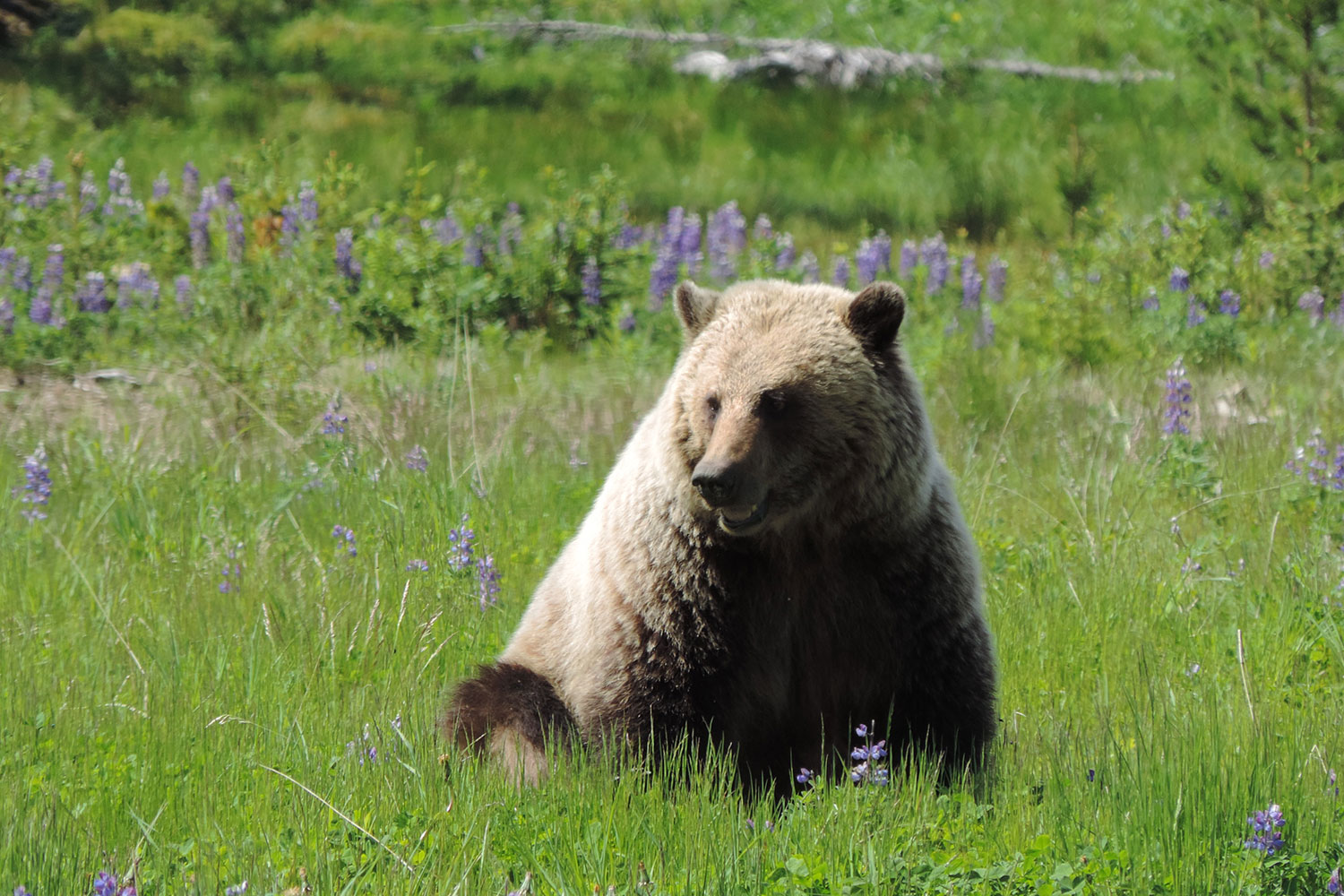
Article published in Forest Ecology and Management. Citation and abstract only.
Abstract
We examined if clearcuts were selected as habitats by grizzly bears (Ursus arctos L.) in west-central Alberta during three seasons: hypophagia, early hyperphagia, and late hyperphagia. Our objectives were to describe seasonal habitat selection of clearcuts using resource selection functions at two scales. At the first scale, we assessed patch or third-order selection by comparing use (radiotelemetry) with study area-wide random locations and a dummy variable identifying whether locations occurred within or outside of clearcut boundaries. At the second scale, we assessed within-patch or fourth-order selection by comparing locations (use and random) found within clearcuts and environmental covariates of terrain, silviculture, and landscape metrics. Finally, we examined diurnal versus crepuscular/nocturnal use of clearcuts by comparing the two with an expected 50:50 ratio. At the third-order scale, grizzly bears used clearcuts with respect to their availability for hypophagia and late hyperphagia, while selecting clearcuts more than expected during early hyperphagia. Fourth-order habitat selection revealed that landscape metrics, silviculture, and terrain were important predictors of grizzly bear use during hypophagia and late hyperphagia, while terrain appeared to be the most important predictor during early hyperphagia. Overall, grizzly bears avoided clearcut interiors and preferred clearcuts with higher perimeter-to-edge ratios. Clearcuts were significantly more likely to be used during crepuscular/nocturnal periods. Intermediate-aged (~30 years old) clearcuts were selected during hypophagia, whereas recent and old clearcuts were selected during late hyperphagia. Bears tended to avoid clearcuts with Donaren mound preparation, while selecting clearcuts with Bracke or shark-fin barrel dragging. These results suggest that landscape metrics, site preparation history, terrain, and season were important factors determining the use of clearcuts by grizzly bears. Future forest planning should strive to maximize habitat quality by: (1) increasing perimeter-to-edge ratio for clear-cut shapes; (2) using low impact and/or positively associated site preparation treatments like Bracke and shark-fin barrel dragging; and (3) limiting human access to areas predicted as high-quality habitat.
Citation
Nielsen, S. E., Boyce, M. S., & Stenhouse, G. B. (2004). Grizzly bears and forestry I: Selection of clearcuts by grizzly bears in west-central Alberta, Canada. Forest Ecology and Management, 199(1), 51–65. doi:10.1016/j.foreco.2004.04.014









